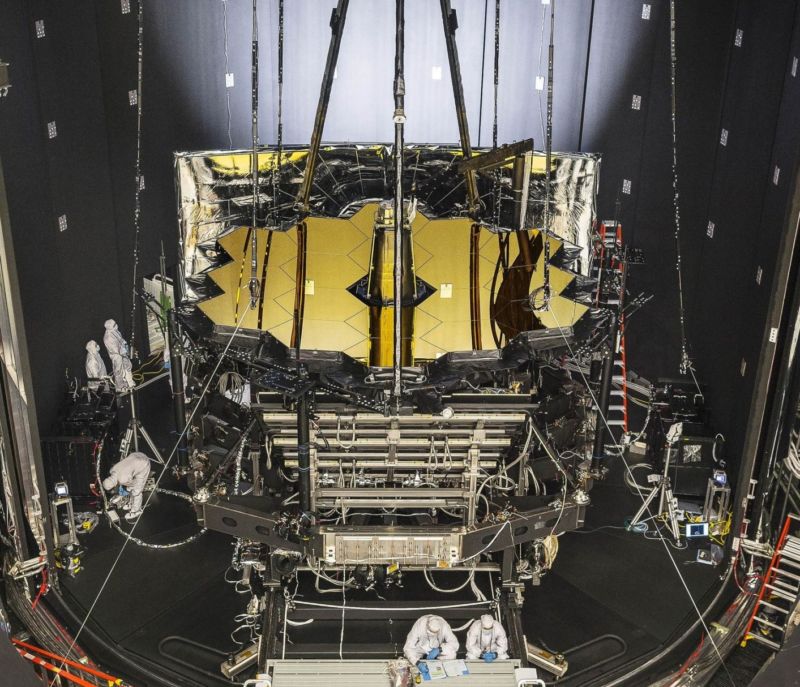Six months have passed since a European rocket lofted the James Webb Space Telescope into orbit. Since that time, the ultra-complex telescope has successfully unfolded its expansive sunshield, commissioned its science instruments, and reached an observation point hundreds of thousands of kilometers from Earth.
This white-knuckle period in space followed nearly two decades of effort to design, build, and test the telescope on Earth prior to its launch on Christmas Day, 2021. But now, all of that effort is in the rearview mirror, and Webb's massive 6.5-meter diameter mirror is gazing outward and collecting scientific data and images. It is the largest and most powerful telescope that humans have ever put into space, and it's already revealing new insights about our cosmos.
"The images are being taken right now," said Thomas Zurbuchen, who leads NASA's scientific programs, during a news conference on Wednesday. "There is already some amazing science in the can, and some others are yet to be taken as we go forward. We are in the middle of getting the history-making data down."
NASA said it plans to release several images beginning at 10:30 am ET (14:30 UTC) on July 12, the result of Webb's "first light" observations. On Wednesday, space agency officials said the images and other data would include the deepest-field image of the universe ever taken—looking further into the cosmos than humans ever have before—as well as the spectrum of an atmosphere around an exoplanet. By looking in the infrared, Webb will be able to identify the fingerprints of small molecules, such as carbon dioxide and ozone, that will offer meaningful clues about the habitability of worlds around other stars.
NASA's deputy administrator, Pam Melroy, said she was blown away by the images Webb has produced so far. "What I have seen moved me, as a scientist, as an engineer, and as a human being," she said.
The telescope is healthy. Thanks to a precise launch by the European Space Agency's Ariane 5 rocket, Webb should have enough maneuvering propellant on board for 20 years of life. And although there have already by five micrometeoroid impacts, the telescope was designed to account for these small dings with a lot of margin.
Recounting his first encounter with data from Webb, Zurbuchen said he, too, was in awe of what the telescope had proven capable of. He said he almost cried when looking at the first photos taken by the new instrument.
"It's really hard to not look at the universe in a new light and not just have a moment that is deeply personal," he said. "It's an emotional moment when you see nature suddenly releasing some of its secrets. and I would like you to imagine and look forward to that."
What a tease!
Unfortunately, we will have to wait nearly two full weeks to see the final products from Webb's first observations. NASA said it will not be releasing any images early, even on an embargoed basis. But we've waited 20 years for Webb to come online and offer a truly worthy successor to the Hubble Space Telescope. I suppose we can wait a little while longer.
If we must.



3175x175(CURRENT).thumb.jpg.b05acc060982b36f5891ba728e6d953c.jpg)

Recommended Comments
There are no comments to display.
Join the conversation
You can post now and register later. If you have an account, sign in now to post with your account.
Note: Your post will require moderator approval before it will be visible.